Discover the ideal home EV charger for your electric car within your budget. Explore factors such as charging speed, tethered or untethered options, and the potential for solar power. Learn about the installation process to find the perfect charging solution for your needs.
If you’re considering making the switch to an electric car, one of the main things you’ll need to figure out is the best way to charge it. Don’t worry, we’re here to help you make an informed decision.
So, let’s dive into the factors you should keep in mind when setting up your home charging station.
How to Choose the Perfect Home EV Charger for Your Electric Car
Installing a wall box charger at your home is an excellent way to get a convenient charging spot for your EV. These chargers are mounted on the exterior wall of your property and come with everything you need to plug in and recharge your vehicle effortlessly.
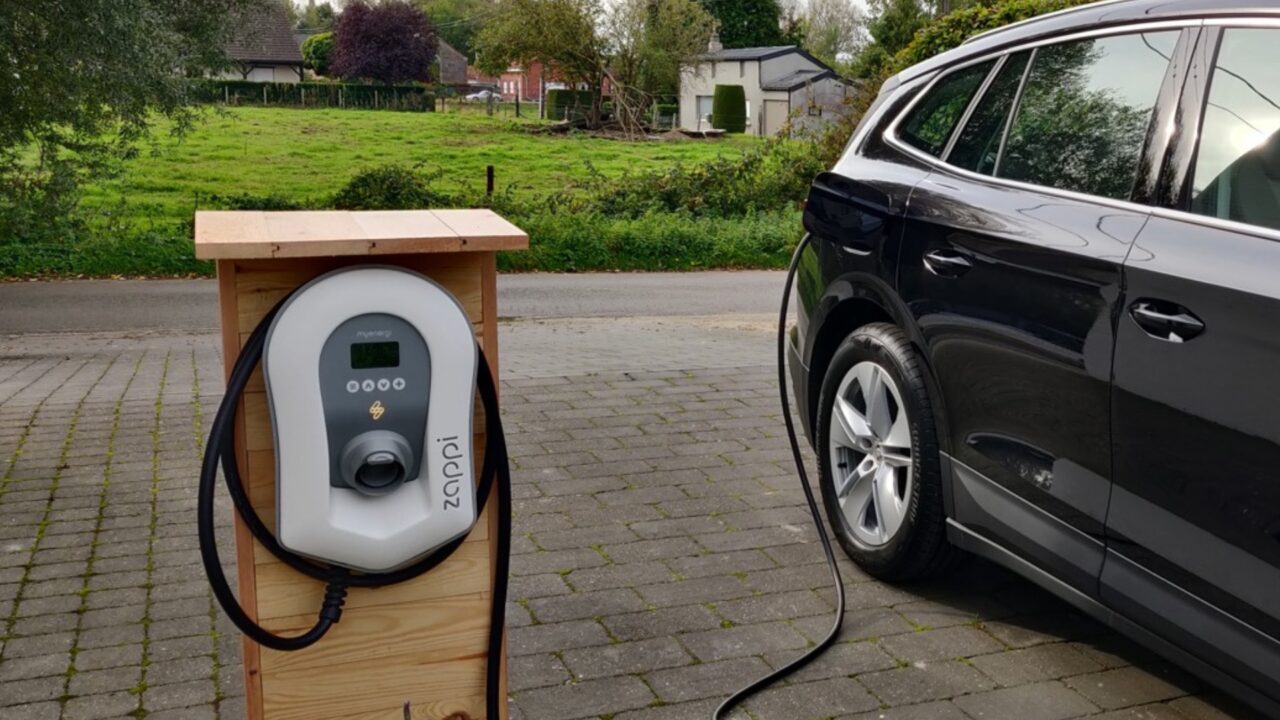
Installation
The process is relatively easy, especially if you own your home and don’t require permission from a landlord. Your supplier will arrange the delivery of the home charge point.
An installer will drill through the exterior wall to connect it to the electrical system. The charge point will be wired to the household mains. With most home charge point chargers, you can monitor your charging activity through WiFi, allowing you to keep track of electricity usage and costs.
Using a home charge point charger is straightforward, consider the location of your car’s charging port and choose the most convenient parking spot.
Most home charge point chargers use Type 2 connector cables. Plug the correct end into your EV to initiate the charging process, while the other end is connected to the home charge point. Some chargers even offer tethered cables, which are permanently connected to the charger for added convenience.
If your home charge point charger has an app, open it and follow the instructions to start charging. You can even set a charging schedule to take advantage of off-peak electricity rates and save money.
purchasing a wall box charger is a one-time expense that accompanies your switch to an EV. there are grants available in the UK and Scotland that can assist with the cost. To further reduce charging costs, explore energy tariffs with lower rates and schedule your EV to charge during off-peak hours.
Tethered or not
Tethered EV Chargers have the charging cable permanently attached and are always ready to use and eliminating the need for a separate purchase and enhancing security.
However, the cable may be visible and can create a slightly untidy appearance and of course, you are limited to the types and lengths provided by the manufacturer. Plus, if you want to charge elsewhere, you will still need a separate cable to take with your car.
Untethered EV Chargers have the flexibility to choose your own charging cable, compatible with any car and the absence of permanently attached cables creates a neater aesthetic, but you will need to store it after use. Additionally, the cable is easier to remove, potentially raising security concerns.
It’s a good idea to obtain quotes from different suppliers to compare options and find the best deal for you
If you anticipate switching to a different EV in the future, an untethered wall box charger might be more convenient as it allows you to change the cable. Similarly, choose a slower charger if you don’t anticipate quickly depleting your mileage range or opt for a faster charger if you regularly embark on long-distance journeys.
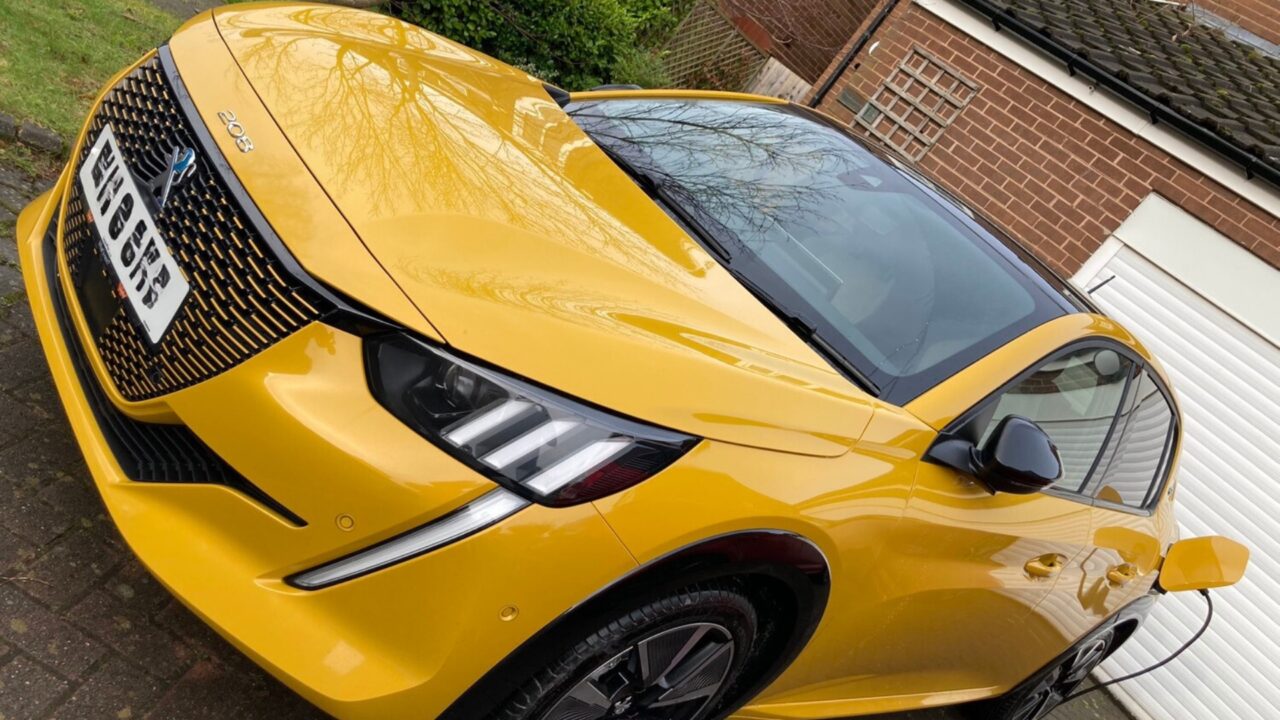
Fault Detection
EV chargers can come equipped with PEN Fault Detection/O-PEN detection systems, eliminating the need for additional equipment. This built-in feature ensures safety when it comes to EV charging.
Dynamic Load Monitoring.
This intelligent technology allows you to set a specific limit, ensuring that your EV charger won’t overload your domestic electrical system.
Options
Now, let’s explore the different home charging options for EVs. The charging speed depends on the wattage of the charger you choose. While fast chargers are not always necessary since you can plug your EV in overnight and get a boost, it’s good to know the options available.
A 3.6kW wall box charger is only slightly faster than a standard domestic plug. It may be suitable if you make short daily trips. This option is also ideal for plug-in hybrid cars, as they require a smaller charge compared to fully electric vehicles. The cost of a 3.6kW wall box charger usually ranges from around £300 to £600.
A 7kW wall box charger is significantly quicker, providing a fast charging rate. For most people, this charging speed is sufficient to refuel their EVs overnight. With a 7kW charger, it takes around eight hours to charge a 60kWh battery EV from empty to full. The price of a 7kW charger typically starts at around £600.
A 22kW charging point is the fastest EV charger available for home use. However, it requires a three-phase electricity supply, which may not be available in all households. The cost of a 22kW charger usually ranges from £900 to £1,500.
Available chargers
There are a number of chargers available in today’s market. Here is a rundown of a few of the best.
Wallbox
This is a small tethered charger with an app that lets you control charging remotely. Wallbox gets good scores in online reviews, particularly for ease of use. The chargers might not be to everyone’s style, but they are user-friendly and well thought out and can work off Bluetooth if there is no wifi available.
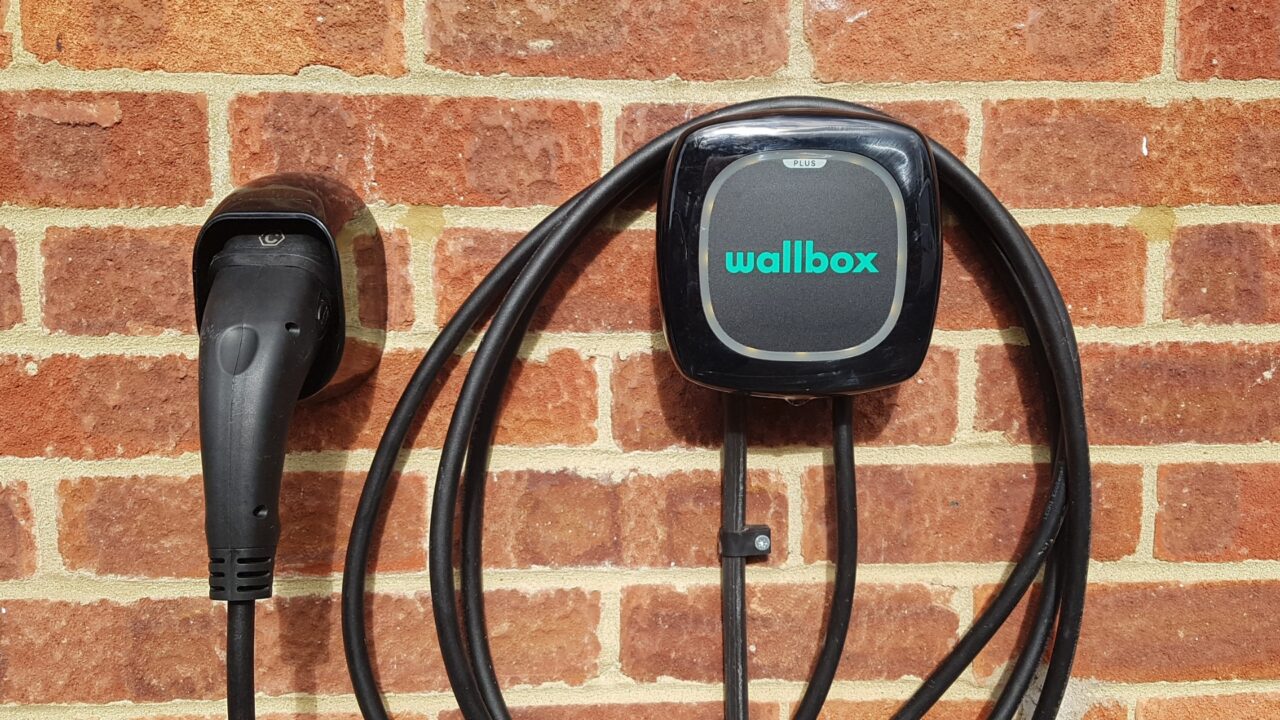
Simpson & Partners Home Series
Choose between the universal untethered and tethered Simpson & Partners chargers, providing charging power ranging from 3.6kW to 22kW. The tethered option includes a convenient 6.8m cable, ensuring compatibility with your hybrid or electric vehicle. The chargers also feature a sleek and compact design with 107 different colour combinations, allowing you to find the perfect fit for your home.
Andersen EV
Andersen offers stylish chargers, albeit at a higher price. These chargers have a great aesthetic appeal and a variety of options, as well as ease of use and solid build quality.
Hypervolt
Users praise its simple installation process, attractive design, and solid build quality. Hypervolt’s customer service and user-friendly smartphone app also receive high marks. best-selling EV charger and fast becoming the UK’s No 1. It is a British-made tethered charger, it comes with an option of a 5-year guarantee and can often be integrated into your Alexa system.
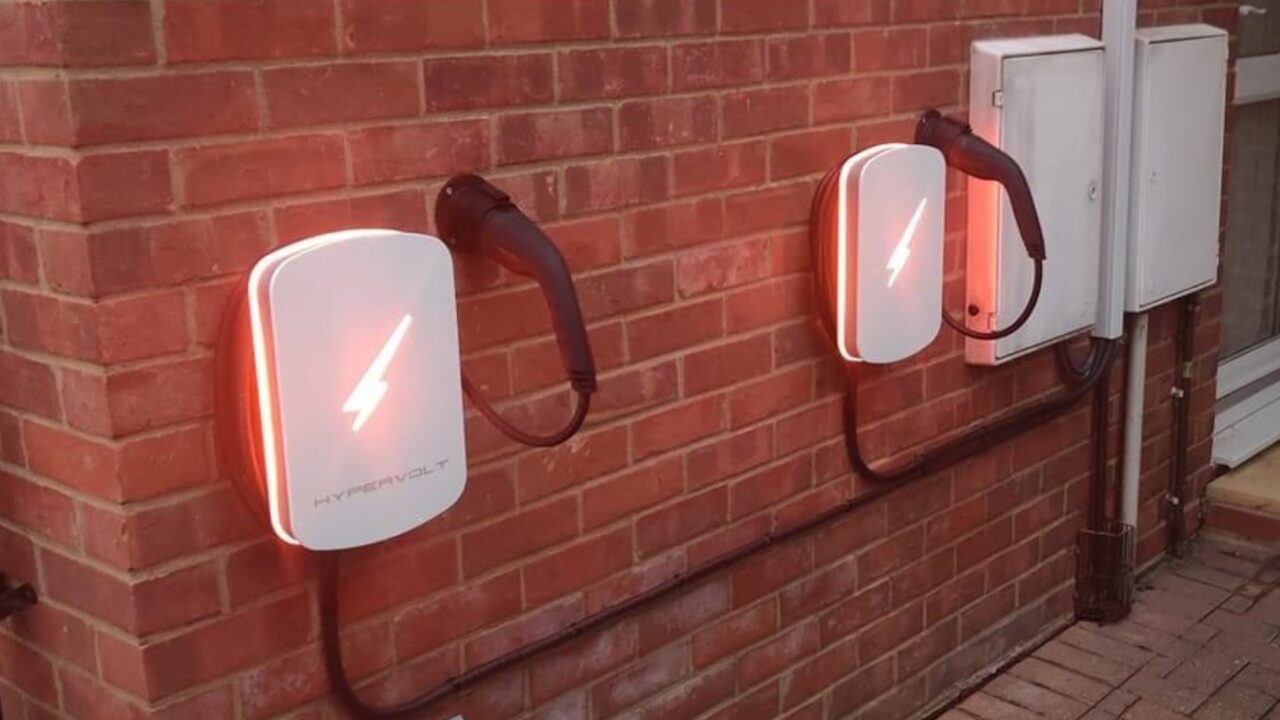
Ohme
Ohme has a straightforward installation process for their well-built and reliable chargers. They have good customer service but the costs can be relatively high.
Pod Point
Known for its widespread public charging infrastructure, Pod Point also earns high ratings for its home wall boxes. Users find them exceptionally easy to use and highly reliable. Some might not particularly like the box styling but there is a smartphone app to help with the charging process.
Tesla
Tesla earns great praise for the cost of charging. Tesla offers sleek and efficient home chargers designed specifically for their electric vehicles. With fast charging capabilities and convenient control through the Tesla mobile app, you can easily charge your Tesla at home.
Myenergi Zappi
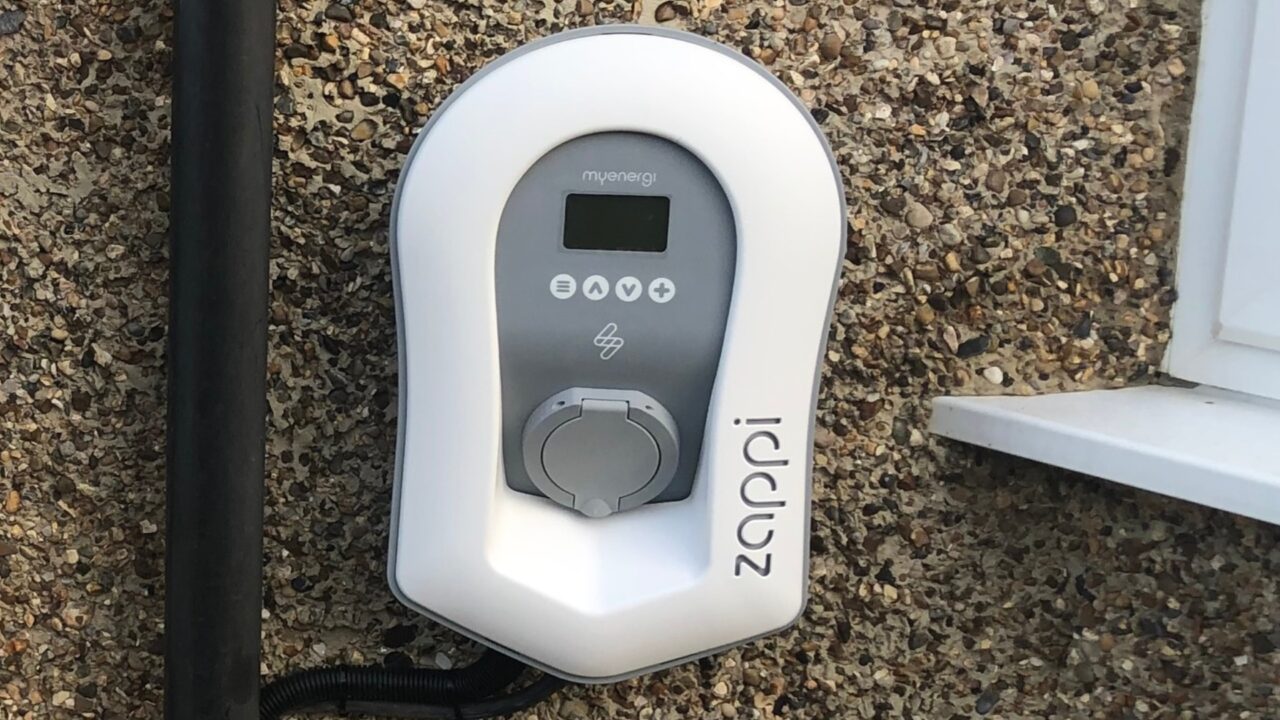
With consistently good reviews this British company Myenergi impresses with commendable build quality, charging speed and customer service. Zappi also performs well in terms of reliability and ease of installation.
(Images above courtesy of EVClicks)
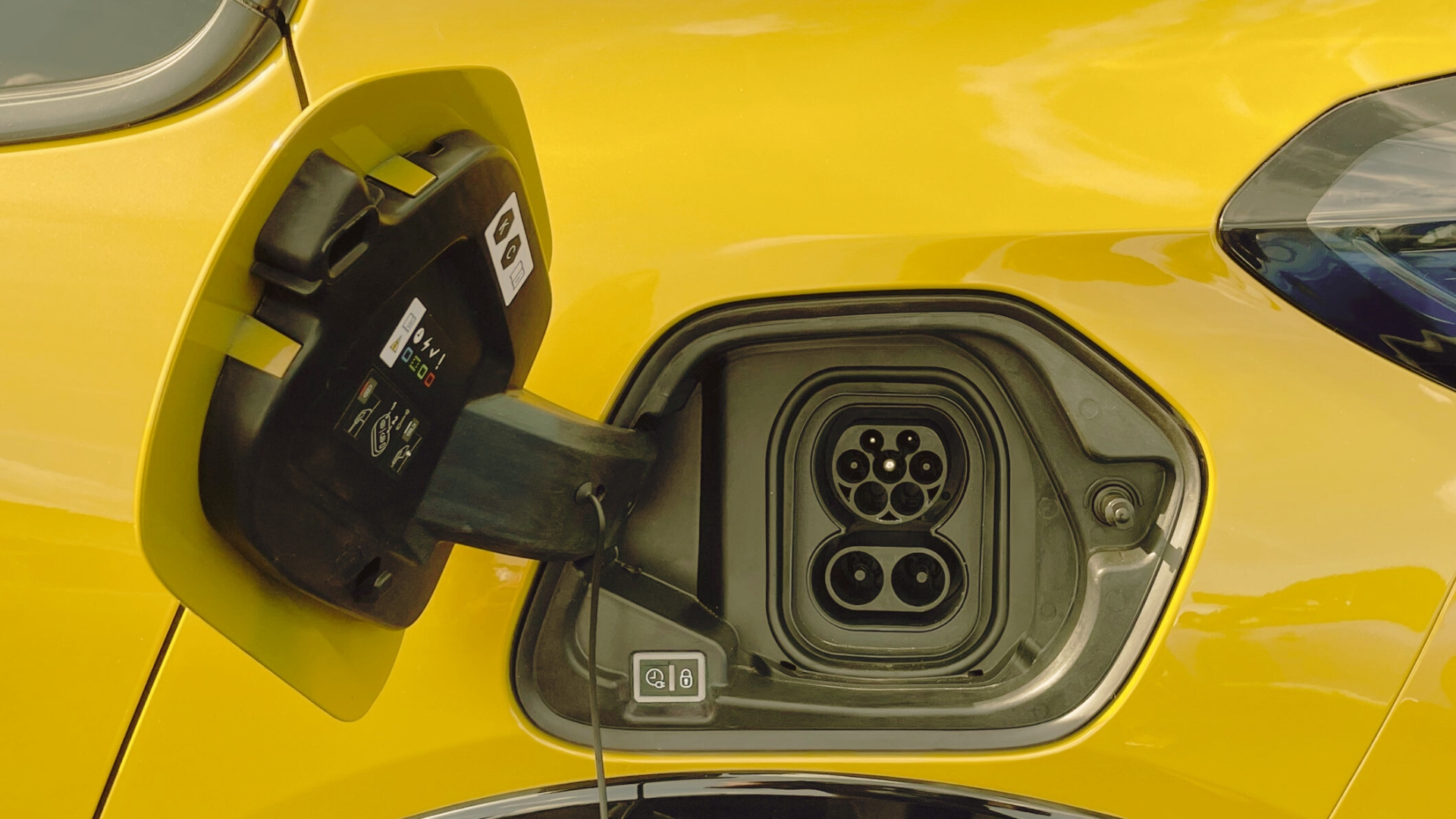
1 thought on “Choosing the Right Home EV Charger”
Comments are closed.